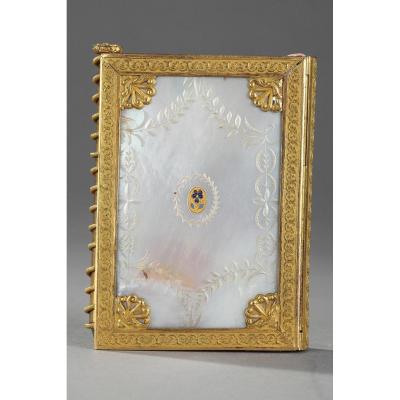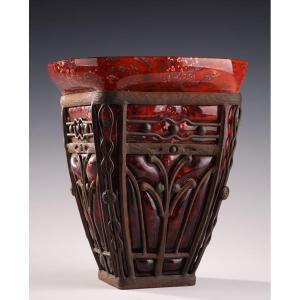Height without the base: 25 cm.
Ferdinand Barbedienne (1810-1892) created and directed one of the most important art foundries during the second half of the 19th century. It owes its fame as much for its casts of ancient and modern sculptures, the subjects of which were taken from the greatest museums in Europe, as for its original bronzes, designed in its workshops. In addition to his own production, Barbedienne works for the most renowned sculptors such as Barrias, Clésinger and Carrier-Belleuse. Already recognized by two large medals (Council medals) at the London Exhibition in 1851, the Barbedienne house won a large medal of honor at the Universal Exhibition of 1855 in Paris. The successes encountered by the Barbedienne house in International Exhibitions consequently earned it numerous official orders. At the Universal Exhibition in London in 1862, Barbedienne won medals in three different classes: art furniture, goldwork and art bronzes. Appointed Officer of the Legion of Honor in 1867, he was made Commander in 1878, following the Universal Exhibition where the jury compared him to “a prince of Industry and the king of bronze”. His glory did not diminish over the years, since at the Universal Exhibition of 1889, critics thanked Barbedienne for serving as a master to other bronze workers, through the always exemplary quality of his bronzes.
















































 Le Magazine de PROANTIC
Le Magazine de PROANTIC TRÉSORS Magazine
TRÉSORS Magazine Rivista Artiquariato
Rivista Artiquariato